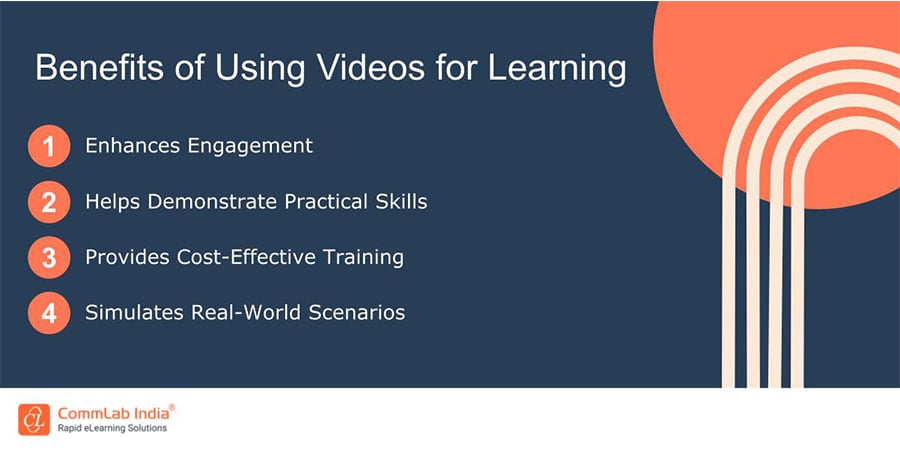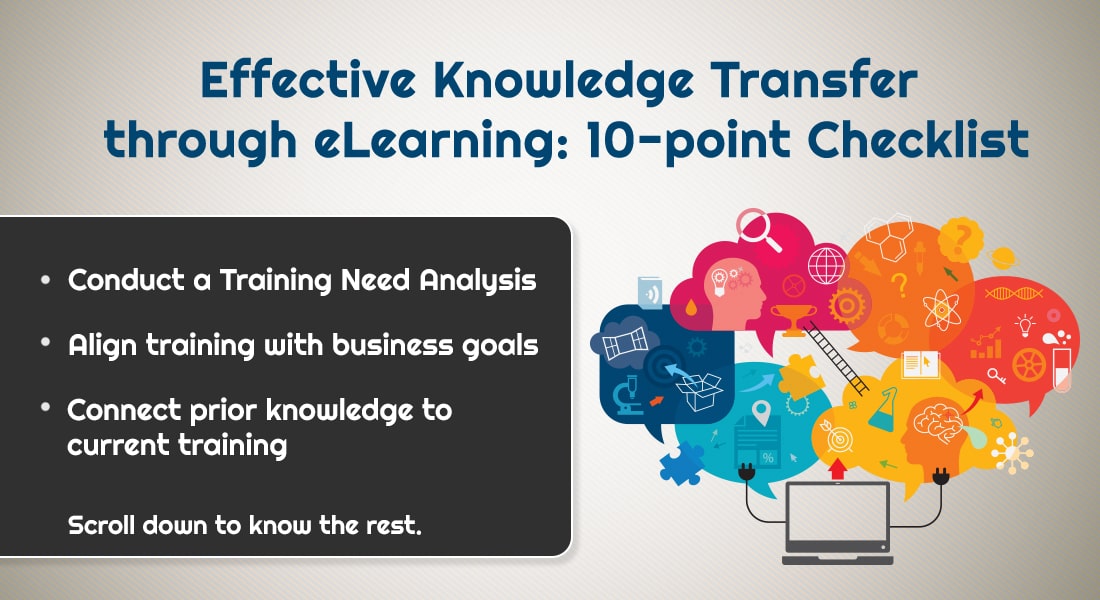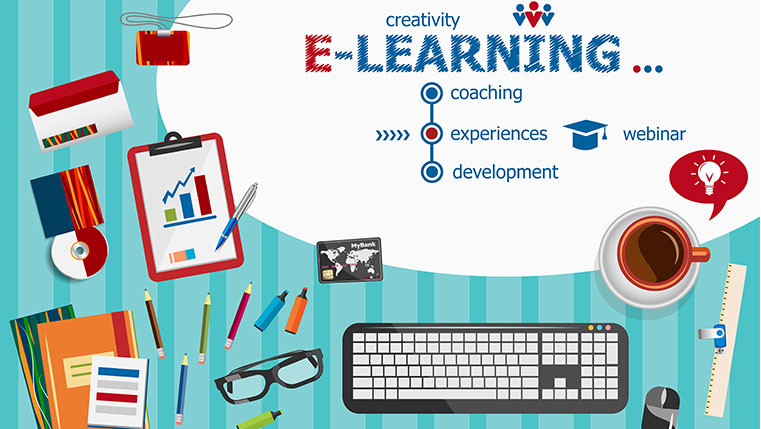Cracking the Code: How to Engage Generation Z in Meaningful Learning Experiences
Unlock the secrets to engaging Generation Z in meaningful learning experiences. Discover innovative strategies for effective education today!

Welcome to the era of Generation Z, a generation born into a world shaped by the rapid advance of technology, social change, and unprecedented access to information. They're the digital natives, the trendsetters, and the future leaders. However, engaging them in meaningful learning experiences differs from your typical classroom endeavor. In this blog, we'll unlock the secrets to capturing the attention and imagination of Generation Z, exploring innovative strategies that bridge the generation gap and inspire lifelong learning.
Engaging Generation Z in Meaningful Learning: 8 Proven Strategies
Learn how to captivate Generation Z's attention and create impactful learning experiences. Explore techniques like tech integration, gamification, and personalized learning paths, ensuring your educational approach resonates with the digital-native, future-oriented generation.
8 Ways to Engage Generation Z in Meaningful Learning Experiences
Engaging Generation Z in meaningful learning experiences requires an understanding of their unique characteristics and preferences. Generation Z, born roughly between 1997 and 2012, has grown up in a digital world and has distinct learning preferences. Here are some ways to engage them effectively -
1. Use of Technology
In an age where smartphones and digital devices are extensions of their very beings, integrating technology into training is paramount for engaging Generation Z. This generation thrives on interactive and multimedia experiences. From interactive online quizzes to learning apps and virtual reality simulations, technology offers a gateway to captivating and effective learning. By harnessing the power of technology, trainers can provide dynamic and immersive learning experiences that resonate with Gen Z's tech-savvy sensibilities, making the learning journey not just informative but enjoyable.
2. Short, Visual Content
Generation Z's attention span is famously short, and they are accustomed to processing vast amounts of visual content daily. Utilizing short videos, infographics, and visually appealing presentations can be a game-changer. These bite-sized, visually stimulating formats can convey complex information in an easily digestible manner, ensuring that learners stay engaged and focused. Visual content also taps into their preference for quick and impactful learning, making it a vital tool in the trainer's arsenal to create meaningful learning experiences for Gen Z.

3. Interactive Learning
Generation Z learners thrive in interactive environments. Utilizing interactive learning techniques in training can captivate their attention and enhance their comprehension. Incorporating online quizzes, polls, and interactive exercises into virtual instructor-led training sessions enables learners to actively engage with the material. These methods allow for immediate feedback, which is particularly appealing to Gen Z's desire for quick information consumption. Moreover, interactive elements promote critical thinking and problem-solving skills, making the learning experience not just informative but also intellectually stimulating.
→ Download Infographic Now: Custom eLearning
4. Collaborative Learning
Generation Z is known for its social nature, and collaborative learning environments resonate with their desire for interaction. Group projects, online forums, and collaborative tools provide opportunities for students to work together, share ideas, and learn from one another. This fosters a sense of community and engagement, creating a supportive learning ecosystem where learners feel connected to their peers and the subject matter. Collaborative learning also teaches valuable teamwork and communication skills, which are essential in both corporate and real-world settings.
5. Real-World Application
Generation Z is highly practical and seeks to understand the real-world relevance of what they learn. Trainers can make learning more meaningful by connecting lessons to practical applications and future career opportunities. By demonstrating how classroom knowledge is directly applicable to real-life situations, trainers can engage Gen Z learners on a deeper level.
This approach not only makes learning more relevant but also empowers learners with the understanding that their training directly contributes to their future success. Incorporating real-world examples, case studies, and guest speakers from relevant industries can illustrate the practical implications of the subject matter, sparking Gen Z's interest and enthusiasm for learning.
6. Gamification
Gamification involves applying game elements, such as points, rewards, and competition, to non-game contexts, including training. Generation Z responds positively to gamified learning experiences as they find them engaging and enjoyable. By incorporating elements like leaderboards, badges, and challenges, trainers can create a sense of achievement and motivation in the learning process. Gamification can also make complex topics more approachable and easier to digest, as it breaks them down into manageable tasks. As an advanced approach, you can also try direct game-based learning as well if gamification doesn’t work that well. Here are a few major differences between the two -

7. Social Media Integration
Social media platforms are an integral part of Generation Z's daily life, making them valuable tools for educational engagement. Companies can create dedicated groups or channels for discussions, resource sharing, and collaborative projects on platforms like Facebook, Twitter, or Slack. These spaces allow learners to engage in informal and peer-led learning, facilitating a sense of community and connectivity outside of traditional classrooms. Additionally, social media integration provides opportunities for learners to explore current events, access a wealth of information, and interact with experts and thought leaders in their field of work.
8. Storytelling
Storytelling is a powerful teaching technique that resonates with Generation Z's narrative-driven culture. Instead of presenting information in a dry and academic manner, trainers can frame lessons as stories. Stories have the ability to engage emotions, capture attention, and make information more relatable and memorable. Whether through real-life anecdotes, historical narratives, or hypothetical scenarios, storytelling can illustrate complex concepts and connect them to real-world applications. Trainers who master the art of storytelling can make the learning experience more enjoyable and impactful, as learners are more likely to remember and internalize lessons presented in a narrative format.
Wrapping Up!
By incorporating these techniques, trainers can bridge the generational gap and create learning experiences that resonate with Generation Z's preferences and learning styles. Embracing technology and crafting visually compelling content are key strategies for ensuring that learning remains relevant, engaging, and impactful for this digital-native generation. Check out this infographic to understand more about personalizing learning experiences for your learners, where some of them might be gen Z as well.


![Custom eLearning — How it Can Offer Personalized Learning Experiences [Infographic]](https://no-cache.hubspot.com/cta/default/59327/1353ae98-9928-439e-848a-c80f513a72dc.png)


